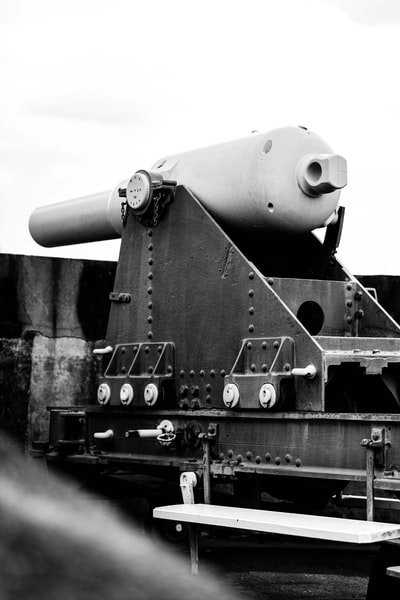The Nazis in the 1920s
The Re-organisation of the Nazi Party

Nevertheless, Hitler made some important changes to the party once he was released from jail. These put the party in a great position to take advantage of the new waves of crises that hit the Weimar Republic from 1929.
Removed anti-capitalist Rhetoric: He dropped much of the party’s anti-capitalist rhetoric (this had always been more of a Drexler thing, anyway. Hitler had never been interested in the battle between industrial workers and the bourgeoisie) and focused on building friendships with rich, nationalist business people who were sympathetic to the party’s nationalist and racist message. He also won their support by promising to destroy the Communists for them. The resources that these people gave the party helped it to expand and finance propaganda campaigns.
Josef Goebbels: He put his friend Josef Goebbels in charge of propaganda. Although he was one of the nastiest men to have ever walked the earth, it has to be handed to Goebbels that he had an amazing gift for making propaganda campaigns that people paid attention to. Goebbels was great at making Hitler look like the man Germany needed to make it great, and also at appealing to people’s emotions and fears.
Nationwide Movement: He merged the party with other right-wing groups from across Germany, turning it into a nationwide movement instead of one just based in Bavaria.
Hitler Youth: He set up a youth movement, known as the Hitler Youth, which helped bring in young, enthusiastic volunteers into the party.